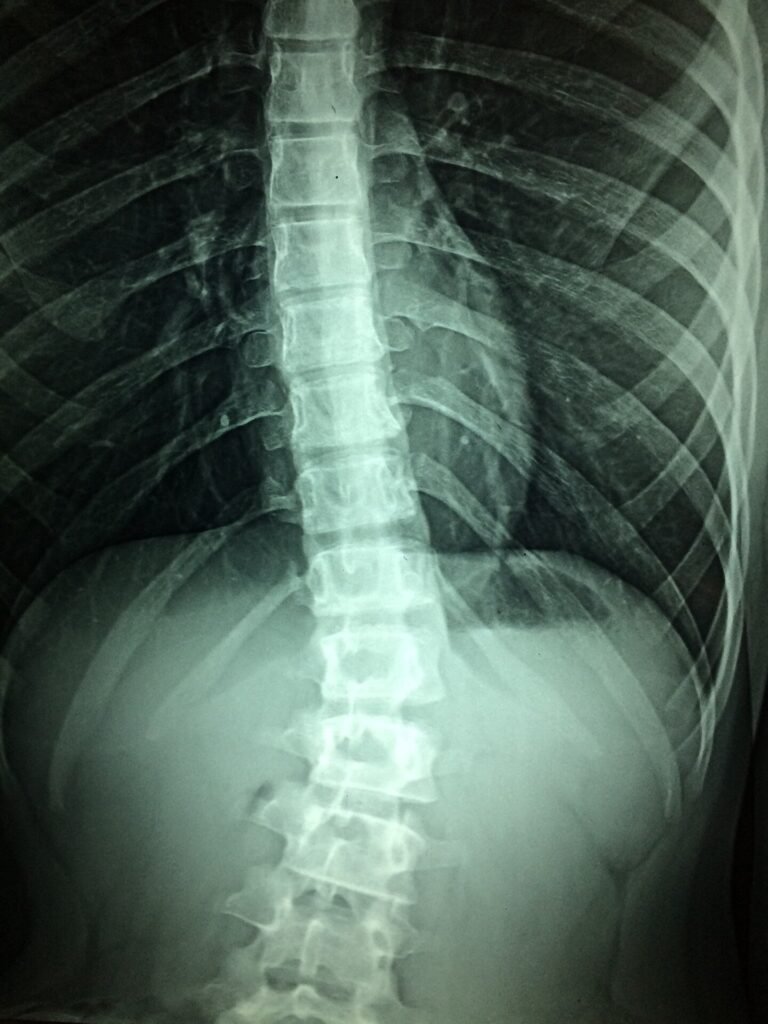Spinal cord injuries, traumatic brain injuries, and various neurological diseases impact millions of people in the United States each year. These conditions can have debilitating effects on individuals, affecting their ability to perform everyday tasks and impacting their overall quality of life. Assistant Professor Pabitra Sahoo, from Rutgers University-Newark’s Department of Biological Sciences, has dedicated his career to studying the mechanisms behind these injuries and diseases, particularly focusing on how nerve cells in the central and peripheral nervous systems regenerate and heal.
Recently, Sahoo and his research team at Rutgers University-Newark achieved a significant breakthrough in the field of neurology. They utilized a peptide to stimulate nerve cell regeneration in both the central and peripheral nervous systems. Their findings were published in the prestigious journal, Proceedings of the National Academy of Sciences.
The human neurological system is a complex network that controls all bodily functions. It consists of the central nervous system (CNS) – which includes the brain and spinal cord – and the peripheral nervous system (PNS) – encompassing all nerves outside the CNS. These two systems work together to regulate essential functions such as sensory perception, motor control, cognition, and homeostasis.
Nerve cells, or neurons, are the building blocks of the neurological system. Each neuron comprises a cell body, an axon for transmitting signals, and dendrites for receiving messages from other neurons. Neurons communicate through neurotransmitters across synapses, facilitating the transmission of electrical and chemical signals.
Regenerating the neurological system after injury or disease is a challenging task. While peripheral nerve axons can regenerate to some extent, central nervous system axons face significant obstacles due to growth inhibitors in their environment. Sahoo and his team’s research focused on overcoming these barriers to promote axon regeneration in both the CNS and PNS.
Their groundbreaking work revealed that a protein called G3BP1 forms stress granules in nerve cells, inhibiting protein synthesis essential for axon regeneration. By developing a cell-permeable peptide derived from G3BP1, the researchers were able to dissolve these stress granules and enhance the production of proteins necessary for nerve cell repair and growth.
Furthermore, their research demonstrated that this approach was effective not only in animal neurons but also in human neurons cultured in the lab, showing promise for potential therapeutic applications in the future. Although the current peptide has limitations in terms of stability and bioavailability, the team is actively working on improving it or finding alternative molecules to enhance its efficacy.
Sahoo and his colleagues are committed to advancing their research and developing better treatments for nerve regeneration. Their recent findings offer hope for individuals suffering from neurological injuries and diseases, paving the way for innovative therapies in the field of neurology.


